| |
USSR - CCCP CPUs |
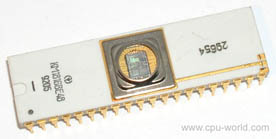 |
KM1816VE48
- Western
equivalent: Intel 8748
- Clock
frequency:
- Package:
CDIP40
- Voltage:
5V
|
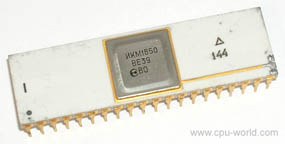 |
KR1816VE39 and IKM1850VE39
|
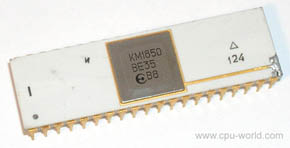
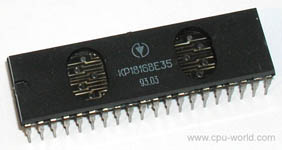 |
KR1816VE35 and KM1850VE35
- Western
equivalent: Intel 8035
- Clock
frequency:
- Package:
PDIP40 / CDIP40
- Voltage:
5V
|
 |
KR1858VM1 KR1858VM2
KR1858VM3
- Western
equivalent: Zilog Z80
- Clock
frequency: 2.5 MHz
- Package:
PDIP40
- Voltage:
5V
The VM1/2/3 Most likely applies to Z80, Z80A, and Z80B |
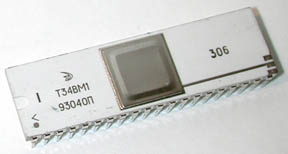 |
T34VM1
- Western
equivalent: Zilog Z80
- Clock
frequency: 2.5 MHz
- Package:
CDIP40
- Voltage:
5V
This package and markings is very unusual even for a Russian
CPU |
| |
KR1816VE31 and IN80C31N
- Western
equivalent: Intel 8031
- Clock
frequency: 12 MHz
- Package:
PDIP40
- Voltage:
5V
|
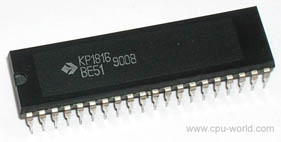 |
KR1816VE51
- Western
equivalent: Intel 8051
- Clock
frequency: 12 MHz
- Package:
PDIP40
- Voltage:
5V
|
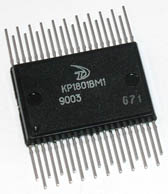 |
K1801VM1
1801VM1/2/3/4 is a series of DEC (PDP-11) compatible microprocessors
developed in Soviet Union. The first processor from this series
1801VM1 could address 64 KB of memory and executed up to 500,000
register operations per second. Next version of this microprocessor
(1801VM2) was twice as fast, and included new instructions:
integer multiplication and division, shift right, and 4 basic
floating point operations that required external ROM - addition,
subtraction, multiplication and division. 1801VM3 microprocessor
was enhanced even further. The processor addressed up to 4 MB
of memory, was 50% faster than 1801VM2, and supported external
co-processor.
|
| |
K1801VM2
Enhanced 1801VM1
|
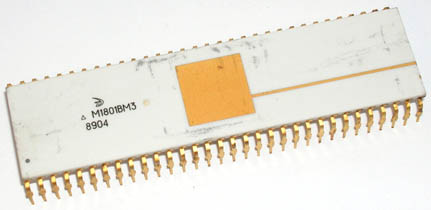 |
K1801VM3
1801VM1/2/3/4 is a series of DEC (PDP-11) compatible microprocessors
developed in Soviet Union. The first processor from this series
1801VM1 could address 64 KB of memory and executed up to 500,000
register operations per second. Next version of this microprocessor
(1801VM2) was twice as fast, and included new instructions:
integer multiplication and division, shift right, and 4 basic
floating point operations that required external ROM - addition,
subtraction, multiplication and division. 1801VM3 microprocessor
was enhanced even further. The processor addressed up to 4 MB
of memory, was 50% faster than 1801VM2, and supported external
co-processor.
|
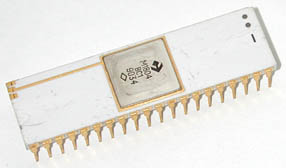 |
M1804VS1 and M1804BC1
- Western
equivalent: AMD 2901 Bit Slice
- Clock
frequency:
- Package:
CDIP40
- Voltage:
5V
|
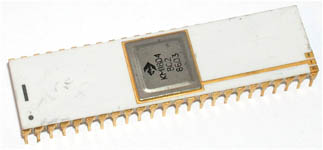 |
M1804VS2 and M1804BC2
- Western
equivalent: AMD 2903 Bit Slice
- Clock
frequency: 2 MHz
- Package:
CDIP40
- Voltage:
5V
|
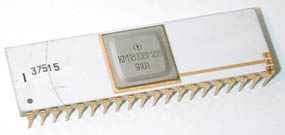 |
KM1810VM88
- Western
equivalent: Intel 8088
- Clock
frequency: 4.77MHz
- Package:
CDIP40
- Voltage:
5V
Soviet Clone of Intel 8088 made by:
Kvantor
Kvazar |
 |
KR1810VM86
- Western
equivalent: Intel 8086
- Clock
frequency: 4.77 MHz
- Package:
PDIP40 / CDIP40
- Voltage:
5V
Soviet Clone of Intel 8086 made by:
Kvantor
Kvazar
Rodon |
 |
IM1821VM85A (mil spec) and KR1821VM85A
- Western
equivalent: Intel 80C85
- Clock
frequency: 3.6 MHz
- Package:
CDIP40 or PDIP
- Voltage:
5V
|
 |
- Western
equivalent: Intel 8080A
- Clock
frequency: MHz
- Package:
CDIP40 or PDIP
- Voltage:
5V
Soviet clone of Intel 8080A processor. Manufactured by production
association "Elektropribor" and "Dnepr". |
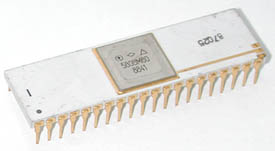 |
580VM80
- Western
equivalent: Intel 8080
- Clock
frequency: MHz
- Package:
CDIP40
- Voltage:
5V
Manufactured by "Qvazar" plant. |
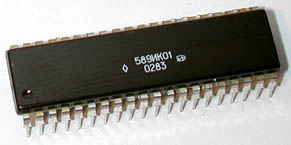 |
589IK01 K589IK01
- Western
equivalent: Intel 3001
- Clock
frequency:
- Package:
CDIP40 or PDIP
- Voltage:
5V
Soviet clone of Intel 3001 microprogram control unit
Manufactured by "Micron" joint-stock company |
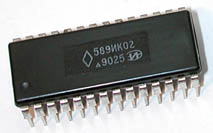 |
589IK02 or K589IK02
- Western
equivalent: Intel 3002 Bit Slice
- Clock
frequency: 3.6 MHz
- Package:
PDIP28 or PDIP
- Voltage:
5V
Soviet clone of Intel 3002 bit-slice processor
Manufactured by "Micron" joint-stock company |
| |
Polish CPU's Made
By UNITRA-CEMI |
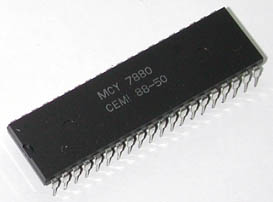 |
MCY7880 & MCY6880N
- Western
equivalent: Intel 8080
- Clock
frequency: 3 MHz
- Package:
PDIP40
- Voltage:
5V
-40 - 85C temp spec (Data Sheet available) |
| |
Bulgarian CPU's Made
by Pravetz |
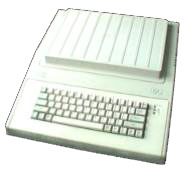 |
CM630P
- Western
equivalent: MOS 6502
- Clock
frequency: 1 MHz
- Package:
PDIP 40
- Voltage:
5V
Used in the Pravetz-82 (Code name: IMKO-2) Computer (Apple
II Clone) and Pravetz-8A. |
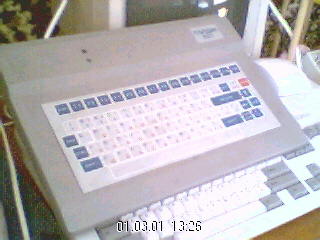 |
CM601P
- Western
equivalent: Motorola 6800
- Clock
frequency: 1 MHz
- Package:
CDIP40 or PDIP
- Voltage:
5V
Used in the Pyldin-601 Computer also the IMKO-1 |
| |
CM652
- Western
equivalent: Motorola 6805
- Clock
frequency: 1 MHz
- Package:
CDIP40 or PDIP
- Voltage:
5V
|





